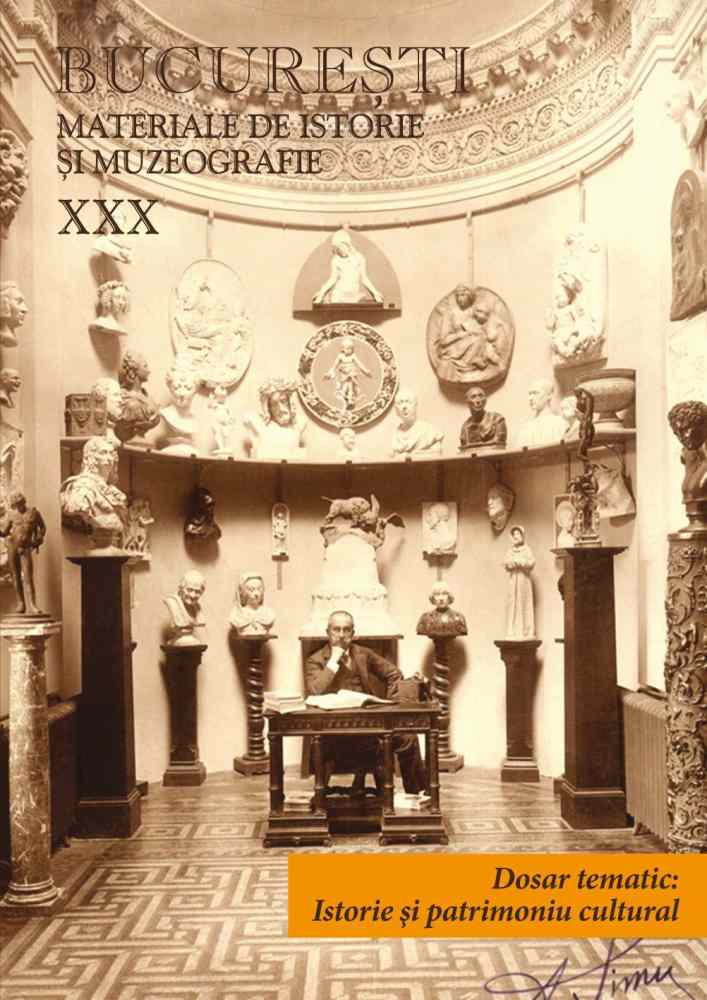
Creaţia lui Tăttărescu în pictura unor biserici bucureştene
| Autori |
|
| Secţiunea |
|
| Limba de redactare | română |
| Excerpt | Gheorghe Tattarescu (1818-1894) was a pioneer of Neoclassicism in the Romanian artistic enviroment. Tattarescu started his artistic career as a church painter and studied at the Painters’ school in Buzău, founded by his uncle, Nicolae Teodorescu. Tattarescu acquired a scholarhip at the Academia San Luca din Roma, where he was inspired by the Italian masters, drawing copies after the most important artists` paintings. He sustained the creation of a painting gallery in the capital. The gallery was founded by the ruler Barbu Ştirbei following a Princely Decree în 1850. After he participated in the 1848 Revolution, he painted the portraits of revolutionaries Gheorghe Magheru and Ştefan Golescu, as well as that of Nicolae Bălcescu, his best friend. He continued to paint churches, having painted about 50 churches (like Zlătari, Colţea, Oţetari, White Church, Saint Ilie from Rahova etc) together with his students between 1853 and 1892. He founded the Fine Arts School in Bucharest, together with Theodor Aman. In Bucharest, the house where he lived for about 40 years was turned into a museum, which now houses many of his works. He created a new manner of paintingcombining academic technique elements (light and shade constrast, anatomic studies, the atention for details etc) with the symbolism of the Byzantine iconographic program. He understood and assimilated the Western art, and the Orthodox heritage both blended in a new discourse which is more humanistic and closer to the believers. |
| Paginaţia | |< << 436-462 >> >| |
| Descarcă fişierul | |
| Titlul volumului de apariție | |
| Editura | Publicat de: Muzeul Municipiului Bucureşti |
| Loc publicare | Bucureşti |




